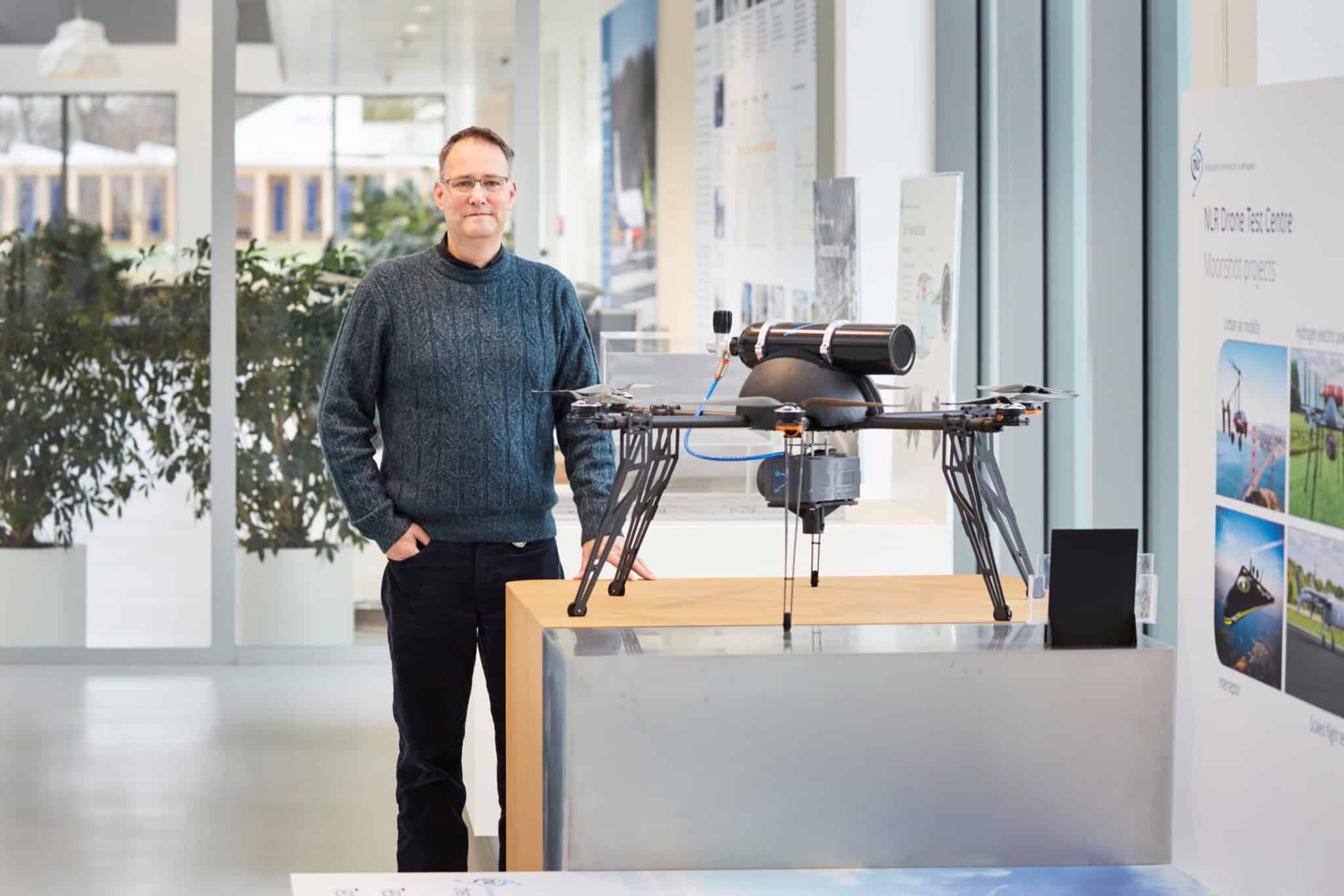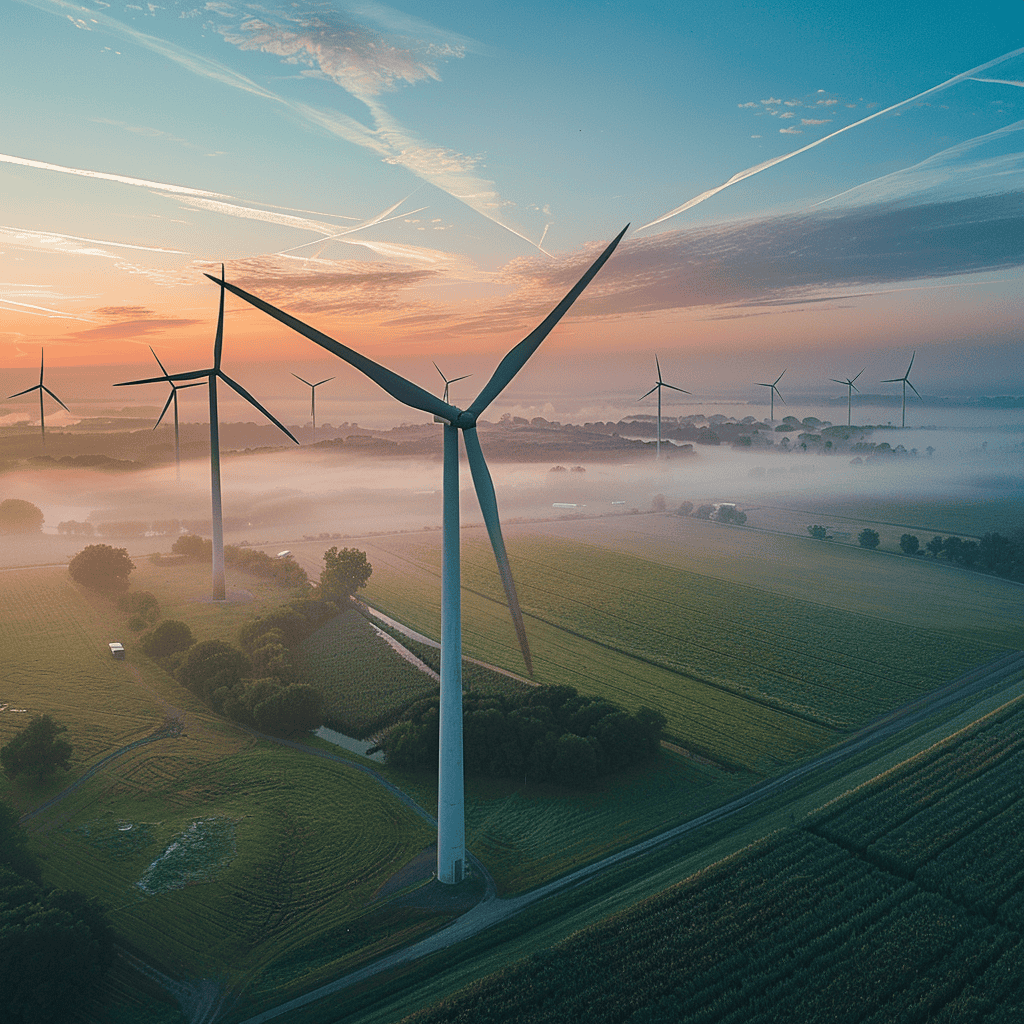
If this story had been the Top 2000 of Innovation Origins, the entire top 20 would have been filled with one topic: Corona. In particular, the stories from our data analyst Jelmer Visser, who was the first to compare corona figures on a regional European level, attracted hundreds of thousands of readers. But an annual review on one subject would be a bit boring. Which is why we looked at the other topics that attracted a lot of readers for the final Follow-up of 2020.
Looking at the statistics of our readers, this year’s best-read story was about vitamin B12 in bread and yogurt. Good news for vegans, because they will no longer be dependent on supplements to get the amount that they need. The follow-up to this story was a conversation with Corné van Dooren, nutritionist, and sustainable nutrition expert at the Netherlands Nutrition Center (Stichting Voedingscentrum Nederland).
Making meat redundant
According to the nutrition center, sustainable food involves eating less animal protein and more plant-based protein. On average, the Dutch currently derive 61 percent of their proteins from animal sources and 39 percent from plant-based sources. According to the Dutch Council for the Environment and Infrastructure (Rli), this will have been turned around by 2030: The percentage of animal proteins in our diet must have dropped to 40 percent of our total protein consumption by then.
Thanks to corona there seems to be more interest in healthy food. This is evidenced by a survey conducted by the Netherlands Nutrition Centre among 1,030 Dutch people. Van Dooren: “More fruit and legumes were purchased than before the crisis.”
In its first year of existence, the Dutch consumer platform #zokanhetook attracted 9 million visitors. For Van Dooren, the focus on healthier eating and, for example, the revamping of the line of meat substitutes at the Jumbo supermarket, are indications that the trend towards plant-based proteins and meat substitutes is set to continue in 2021.
Van Dooren said in his previously published story that he sees genuine innovation when “a generation comes along that makes you forget all about meat and that you make those kinds of products that are so special with a new flavor sensation that transcends that of meat.”
Flexitarians
In another publication, it appears that more and more Dutch people are identifying with the term flexitarianism. A flexitarian still eats meat, but only occasionally. In 2011, 14 percent of respondents called themselves flexitarians; by 2019 this had risen to 43 percent. Although if you compare the meat consumption of flexitarians, it has not decreased in 2019 when compared to 2011.
“We eat a lot of meat without realizing it,” says Anne-Charlotte Hoes, an action researcher at Wageningen University & Research (WUR) in the Netherlands. For example, meat on pizza. “But you are seeing more and more good and delicious vegetarian alternatives.”
The fact that more and more vegetarian variants of, for example, a smoked sausage are appearing on the shelves or of fish sticks in the supermarket freezer is a source of hope for Hoes. “And the fact that Unilever is taking over the Vegetarische Slager ( a Dutch plant-based meat substitute brand ‘the Vegetarian Butcher’) shows that the company really wants to invest in vegetarian alternatives.”
Plant-based meat substitutes
Hoes carries out research at the WUR into (system) innovations in the food domain. For instance, she advises the Dutch Ministry of Agriculture, Nature, and Food Quality on these matters. As Hoes sees it, there are several ways to view the protein transition. “You can view the protein transition as doing everything from the plant-based protein point of view. As is the case with seaweed and soy. Or the founders of the ‘Vegetarische Slager’ who want to produce milk from grass. These are all plant-based meat substitutes.”
Insect as animal feed
Another development concerns insects, says Hoes. ” This is not a source of plant-based protein. The idea behind it is that you use it to feed livestock.” That also contributes to sustainability, according to Hoes. “If you feed your livestock with locally available insects, you no longer need to import foreign feed for the production of eggs. And it fits in well with the natural diet of poultry.”
The Brabant-based poultry company Oerei, feeds its chickens with live insects. Chickens are not vegetarian by nature, that’s what people have turned the chicken into, you will read on their website. Hoes: “You are not allowed to feed crushed insect meal to your livestock in the Netherlands. Those regulations mean that it is not yet done on a large scale.” The number of insect farms has increased, says Hoes, “but they are not allowed to supply them to, for example, poultry farmers.” In a study, which has yet to be published, it seems that farmers are reluctant to switch to insect feed, Hoes claims. “But I think it offers a promising solution.”
Hoes has also conducted research into companies that contribute to so-called circular agriculture. This means that the recycling of textiles is a closed cycle. All materials that disappear within an agricultural arena also return to that arena. Insects as animal feed are also a form of circular agriculture. It is likely that we will hear more about this form of agriculture over the coming year as a step towards sustainable food.
Many of the best-read stories were about mobility. For example, our columnist Jan Wouters wrote about the new battery from the Nikola Motor Company. The story is in the top 5 of our best-read stories.
Interest in hydrogen
For mobility specialist Wouters, the trend towards hydrogen is the most notable innovation of 2020. In that best-read story, Wouters argues that interest in hydrogen is on the rise. For example, he cites “leading companies in Denmark” such as A.P. Moller – Maersk, DVS Panalpina, and DFDS who have formed a partnership to expand hydrogen production facilities, among other things. “This could well become the world’s largest electrolysis and sustainable hydrogen production facility.”
The development of hydrogen is also increasingly gaining ground in the Netherlands. The story of the Brabant collaboration with German companies in the development and production of fuel cells illustrates this. Such as the H2Haul project in which VDL is collaborating with Elring Klinger in the German state of Baden Württemberg. Elring Klinger is building the fuel cell that VDL is installing in its trucks as part of the H2Haul project.
Hydrogen at the level solar energy was 20 yrs ago
Hydrogen is catching the attention of our readers. A follow-up on the subject was published in August. And the follow-up with the interview with Ad van Wijk, Professor of future energy systems at TU Delft, was one of the best-read stories this year. In it, Van Wijk states that “hydrogen is at the level that solar energy was 20 years ago.”
Wouters summarized the debate in the mobility sector in an earlier column as follows: “For passenger transport or short-haul transport distances, hydrogen will probably not be able to compete easily with the battery-operated car, but hydrogen as an energy carrier has great advantages in transport, boating, or aircraft, where a lot of energy has to be carried.”
The best technology
Wouters is not saying that one technique is better than another. “It’s nonsense to say that the best technology always wins. In the 1990s, for example, there was already quite a hype around hydrogen.” Car manufacturers were supposed to introduce hydrogen-powered vehicles, but there was no investment for further development,” Wouters continues. And then came the electric car. “But imagine if the car industry had kept on going at that time. For instance, in 2010, after ten years of continuous development, you would have had a hydrogen-powered vehicle with a range of 500 kilometers.”
Investment came for these batteries in 2010. “What was also fortunate was that an entrepreneur like Elon Musk stepped in. According to Wouters, the fact that the electric car is now successful is due to interaction between technology and government policy, but “definitely also between market demand and good marketing. Without Elon Musk, the electric car wouldn’t have been a success, but with Elon Musk and without the laws and regulations, it would not have been a success either. The two did have to interact with each other.” For an electric car, governemnts put in placeincentives such as no road tax, no BPM, low aggregation taxes and subsidies.
Solid-state batteries
Wouters cites the further development of solid-state batteries as an innovation for the coming year. Which the columnist wrote about in December. His column was also one of the best-read stories in 2020. That solid-state battery is intrinsically safe, says Wouters. “You can saw through it without it ‘exploding’.” It also has a much shorter charging time than the lithium-ion battery.
The solid-state battery really does have the future, Wouters contends. “Toyota is the furthest with its development. The company has the most patents around the world. But Japanese companies aren’t shouting from the rooftops how good they are. That’s where their weakness lies. Nevertheless, we are going to see a lot of new (breakthrough) technologies in the near future.”







